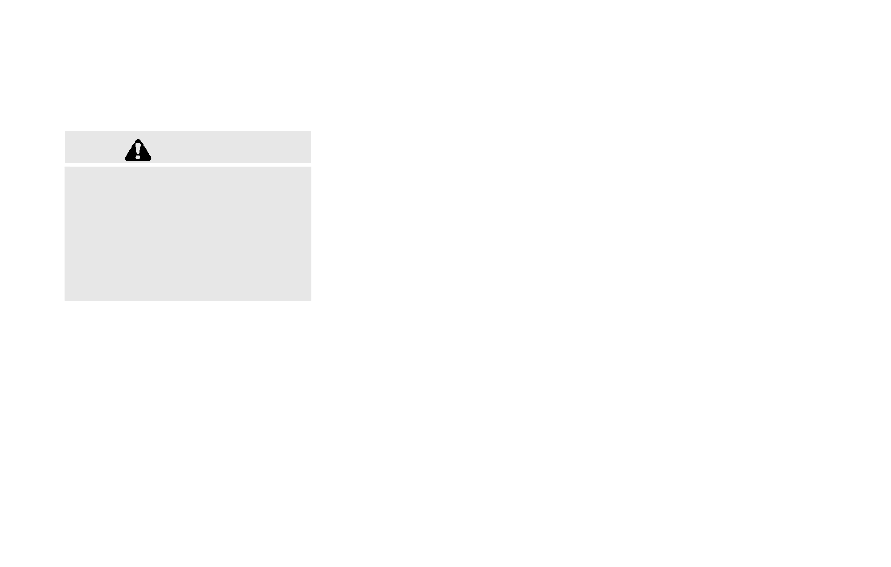Infiniti Q50 (2018 year). Instruction - part 3

1-22
Safety — Seats, seat belts and supplemental restraint system
seats are used to help position a vehicle lap/
shoulder belt on a child who can no longer
use a forward-facing child restraint.
WARNING
Infants and children need special protec-
tion. The vehicle’s seat belts may not fit
them properly. The shoulder belt may
come too close to the face or neck. The
lap belt may not fit over their small hip
bones. In an accident, an improperly
fitting seat belt could cause serious or
fatal injury. Always use appropriate
child restraints.
All U.S. states and Canadian provinces or
territories require the use of approved child
restraints for infants and small children. See
“Child restraints” (P.1-23).
A child restraint may be secured in the
vehicle by using either the LATCH (Lower
Anchor and Tethers for CHildren) system or
with the vehicle seat belt. See “Child re-
straints” (P.1-23) for more information.
INFINITI recommends that all pre-teens and
children be restrained in the rear seat.
Studies show that children are safer when
properly restrained in the rear seat than in
the front seat.
This is especially important because your
vehicle has a supplemental restraint system
(Air bag system) for the front passenger.
See “Supplemental restraint system” (P.1-
42).
INFANTS
Infants up to at least 1 year old should be
placed in a rear-facing child restraint.
INFINITI recommends that infants be placed
in child restraints that comply with Federal
Motor Vehicle Safety Standards or Cana-
dian Motor Vehicle Safety Standards. You
should choose a child restraint that fits your
vehicle and always follow the manufac-
turer’s instructions for installation and use.
SMALL CHILDREN
Children that are over 1 year old and weigh
at least 20 lbs (9 kg) should remain in a rear-
facing child restraint as long as possible up
to the height or weight limit of the child
restraint. Children who outgrow the height
or weight limit of the rear-facing child
restraint and are at least 1 year old should
be secured in a forward-facing child re-
straint with a harness. Refer to the manu-
facturer’s instructions for minimum and
maximum weight and height recommenda-
tions. INFINITI recommends that small chil-
dren be placed in child restraints that comply
with Federal Motor Vehicle Safety Stan-
dards or Canadian Motor Vehicle Safety
Standards. You should choose a child re-
straint that fits your vehicle and always
follow the manufacturer’s instructions for
installation and use.
LARGER CHILDREN
Children should remain in a forward-facing
child restraint with a harness until they reach
the maximum height or weight limit allowed
by the child restraint manufacturer.
Once a child outgrows the height or weight
limit of the harness-equipped forward-fa-
cing child restraint, INFINITI recommends
that the child be placed in a commercially
available booster seat to obtain proper seat
belt fit. For a seat belt to fit properly, the
booster seat should raise the child so that
the shoulder belt is properly positioned
across the chest and the top, middle portion
of the shoulder. The shoulder belt should not
cross the neck or face and should not fall off
the shoulder. The lap belt should lie snugly
across the lower hips or upper thighs, not the
abdomen.
A booster seat can only be used in seating
positions that have a three-point type seat
belt. The booster seat should fit the vehicle
seat and have a label certifying that it
complies with Federal Motor Vehicle Safety
Standards or Canadian Motor Vehicle
Safety Standards.